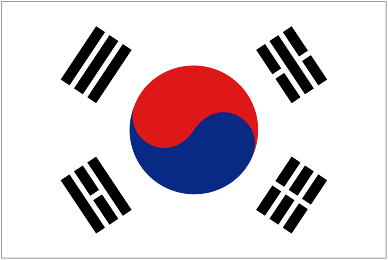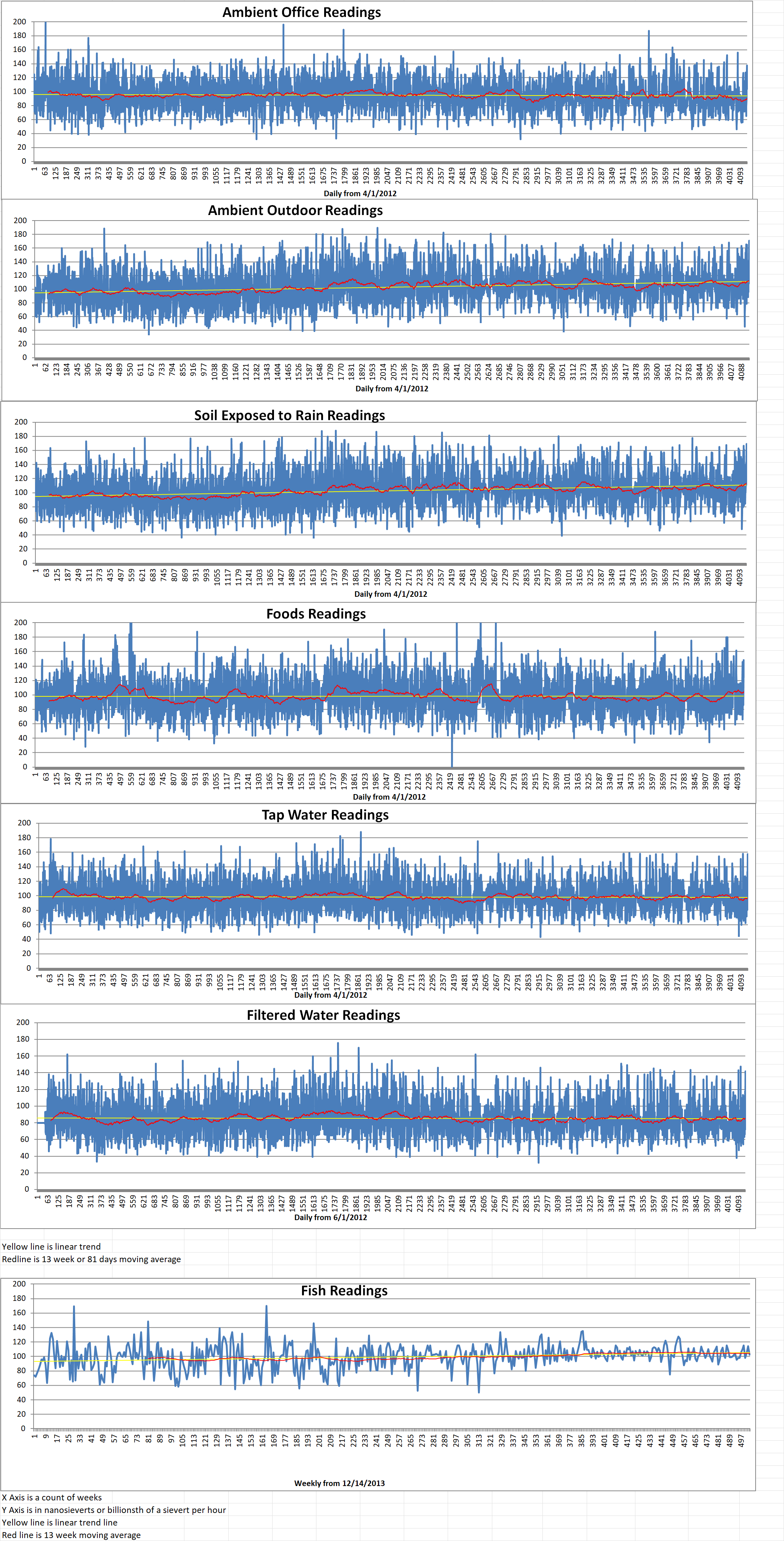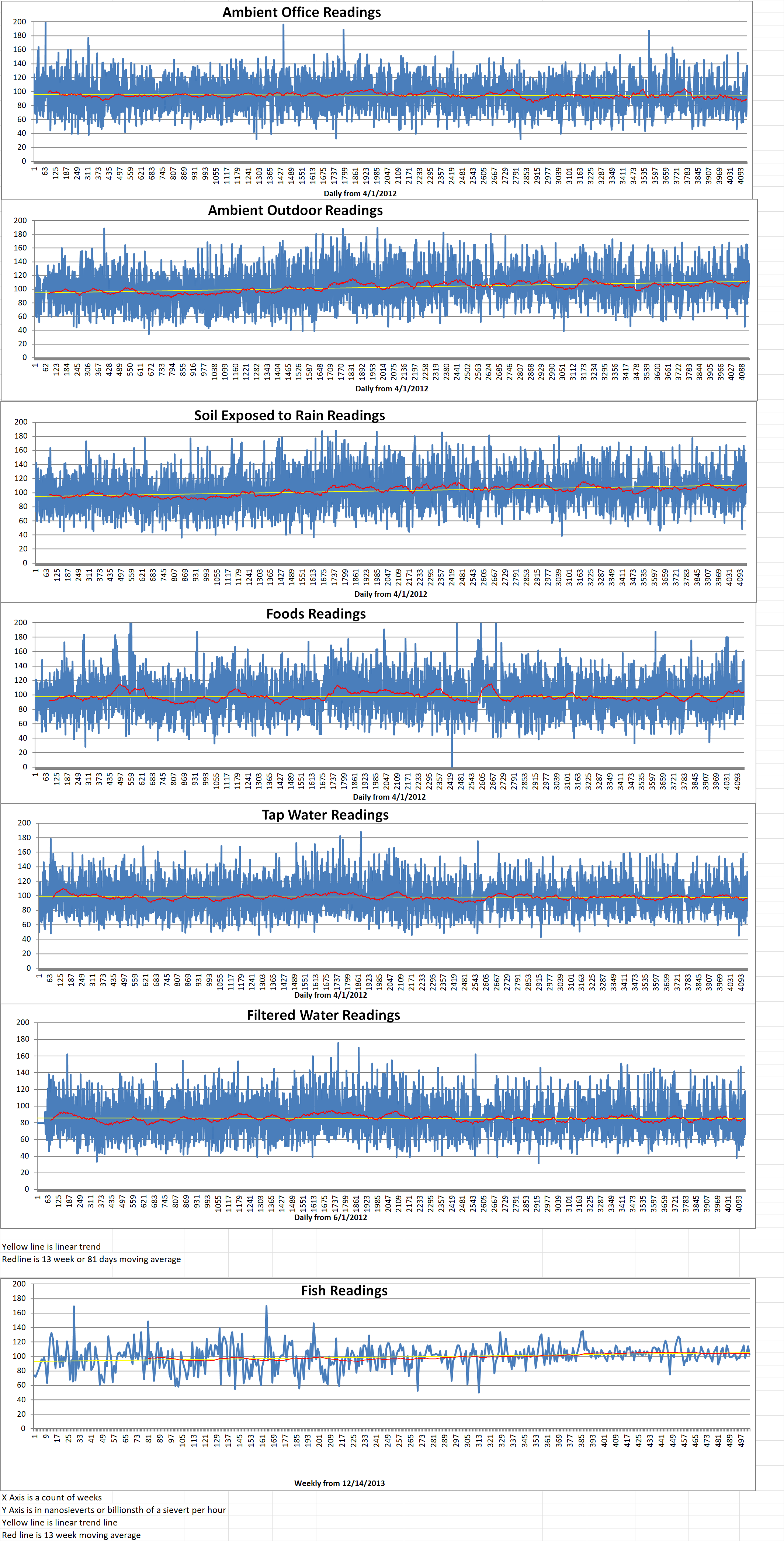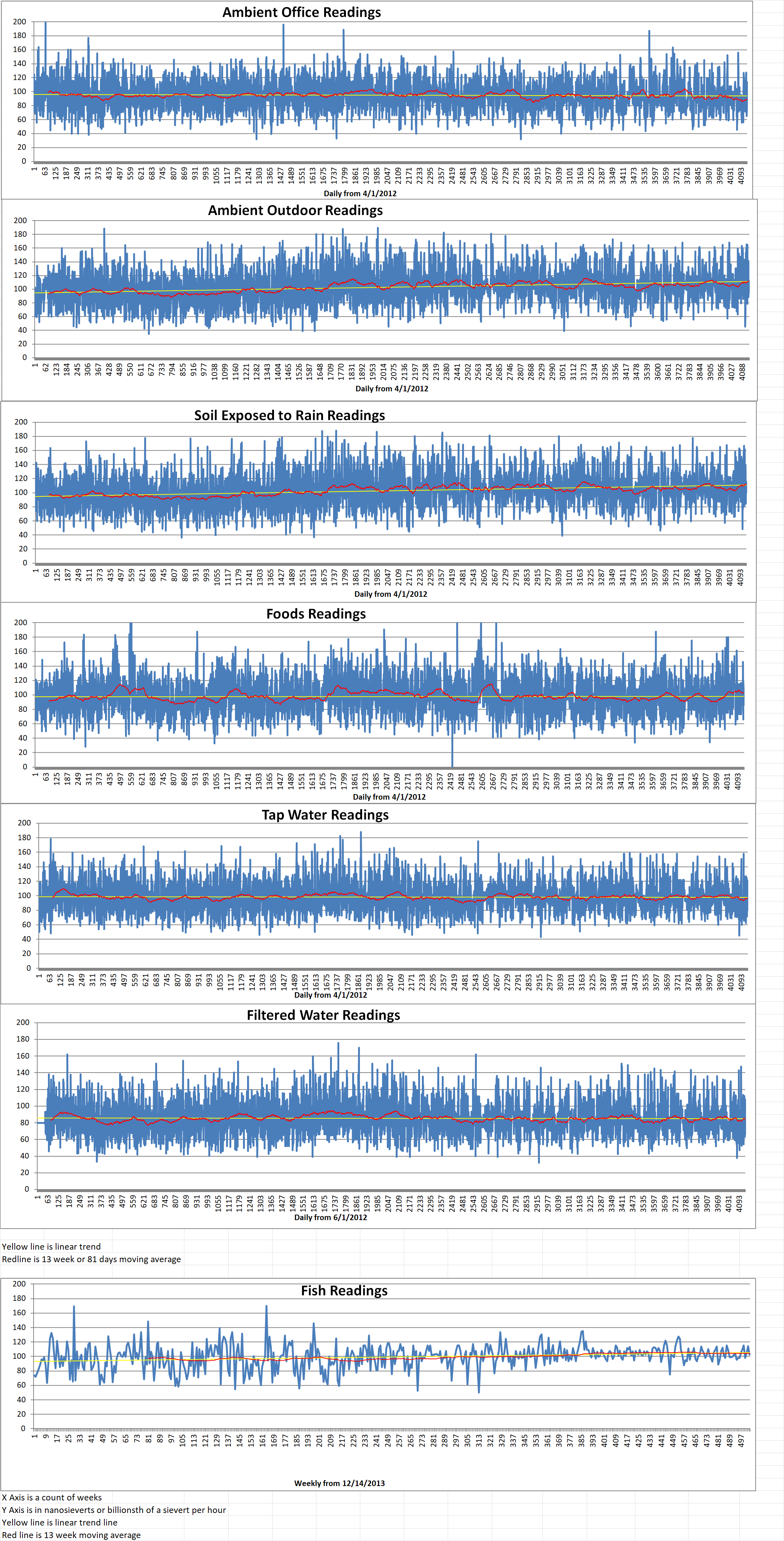Part 1 of 3 Parts
For the last twenty years, U.S. commitment to extend nuclear deterrence over South Korea (S.K.) has faced increasing pressure. During that time, seven North Korean (N.K.) nuclear tests and rapid advancements in a diverse array of advanced missile technologies have forced the alliance to adapt its posture and develop new capabilities and concepts to counter aggression and nuclear first use. For the most part, the alliance has risen to meet this challenge. Improvements in conventional capabilities have tipped the balance of power further south over the same period, providing additional capability not only to deny N.K. the benefits of aggression but also to deter and respond to nuclear use. This is especially true of S.K.’s stand-off strike systems.
The alliance is meeting the military challenge. However, it is failing to manage the political challenge of extended deterrence. Over the last two decades, S.K.’s confidence in U.S. security guarantees has fallen sharply, despite this strong military position. Two trends have placed the alliance in a difficult situation. First, the U.S. commitment to defend S.K. with nuclear weapons has become cancerous, threatening to metastasize and infect other aspects of the alliance. Second, the Trump administration’s statements and actions forced S.K. to confront the problems of depending on an ally that is currently grappling with isolationist authoritarian tendencies.
U.S. defense officials have considered the nuclear extended deterrence as a component of the framework of the nation’s alliance structure. The theory is that extended deterrence assures allies of their own security. This means that they need not consider developing their own nuclear arsenal. The problem is that, because the President of the United States retains sole authority over the use of nuclear weapons, no ally can be certain that the U.S. will use a nuclear weapon in and only in cases when they believe it is a necessity. On occasions when allies express anxiety about depending on U.S. extended nuclear deterrence, U.S. officials usually embark on a round of nuclear reassurance, displaying nuclear-capable systems and holding consultations designed to show allies that they are attentive and committed to their nuclear mission.
Especially in S.K., nuclear assurance not only fails to address allied anxieties, but also fuels them. Existing nuclear assurance mechanisms can establish U.S. capability. However, it cannot prove the resolve of US leaders or provide S.K.’s officials with a reliable expectation about when, where, and why the United States might use a nuclear weapon on the Korean peninsula. Because there is nothing that U.S. officials can do to resolve either problem, extended nuclear deterrence is an unreliable foundation for the U.S-Korean alliance. Even worse, nuclear assurance mechanisms effectively raise the relevance of nuclear weapons, which contributes to a public and elite misperception that S.K.’s security depends on US nuclear weapons, even though this is less and less true as time passes because the alliance’s conventional capabilities continue to improve.
S.K.’s officials and experts have presented a variety of proposals that they believe would assuage their concerns. The current idea is a request that the U.S. commit to use a nuclear weapon in response to N.K. nuclear first use, what we might call automaticity.
Please read Part 2 next






